When considering fan switches, the CBB61 is notable for its design and dependable performance. This particular product is crafted to meet a range of fan capacitor requirements guaranteeing longevity and effectiveness. Let’s explore further what sets this switch apart as an option.
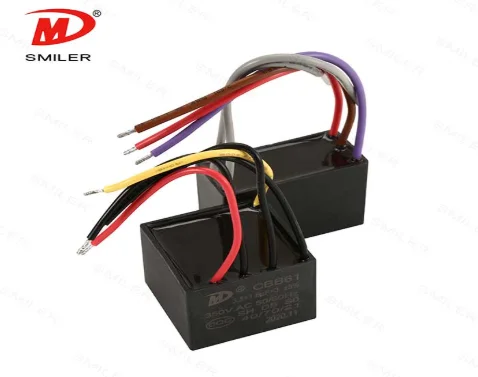 SMILER’s CBB61 Capacitor is designed with cutting edge technology to cater to the needs of devices. It is created by wrapping polypropylene film and comes with a robust structure enclosed in fire resistant plastic. These components guarantee durability and dependability during extended usage periods.
SMILER’s CBB61 Capacitor is designed with cutting edge technology to cater to the needs of devices. It is created by wrapping polypropylene film and comes with a robust structure enclosed in fire resistant plastic. These components guarantee durability and dependability during extended usage periods.
Its better self-healing ability prolongs lifespan, and its low loss and low internal temperature rise improve energy efficiency. The capacitor is ideal for single-phase motors that are powered by a 50/60Hz AC supply, and thus it is universal across various applications. It has a compact size and heavy-duty build, making it perfect for fans in residential and commercial use.
It's actually quite simple, if you follow the steps to restart your fan properly, you can not only restore its function but also help to keep its life longer.
Before you start adjusting your fan switch you should collect all the tools you need:
1. A screwdriver
2. A voltage tester
3. Insulated gloves
4. A multimeter (optional)
Make sure you have these tools to ensure a smoother and safer process ahead.
Prioritize safety above all else when working with parts to ensure your well-being is safeguarded at all times. Take note of these safety measures:
1. Turn off the power supply to avoid electrical shocks.
2. Use insulated gloves to protect yourself while working.
3. Ensure you’re working in a dry environment to minimize risks.
After implementing these safety measures in advance safely move forward:
1. Disconnect Power: Turn off the main power supply connected to your fan.
2. Access the Capacitor: Open the fan housing using a screwdriver to locate the CBB61 capacitor.
3. Inspect Connections: Check all wiring connections for any signs of wear or damage.
4. Test Voltage: Use a voltage tester to ensure no current is flowing through the wires.
5. Reset Mechanism: If applicable, reset any manual switches or reconnect loose wires securely.
6. Reassemble and Test: Once everything is in place, reassemble the fan housing and turn on the power supply to test its functionality.
By following these instructions outlined above in detail step by step guide provided here for resetting your CBB61 fan switch efficiently and safely without any risks involved.
SMILER’s CBB61 Capacitor is recognized for its reliability and effectiveness. May face challenges as it ages like any other electrical part does, being aware of these issues is essential for keeping it working at its best.
When a CBB61 fan capacitor is not working properly, several signs show it needs fixing. If the fan moves slower than normal or doesn’t start all, it might be because of a decrease in capacitance which affects the motors performance. Weird sounds like humming and buzzing could also suggest problems with the capacitor.
If the capacitor starts to heat up a lot when in use, it can be having a tough time managing the load being applied to it. Look for signs, including bulging or leakage which quite evidently indicate that the capacitor is not working properly and should be replaced away.
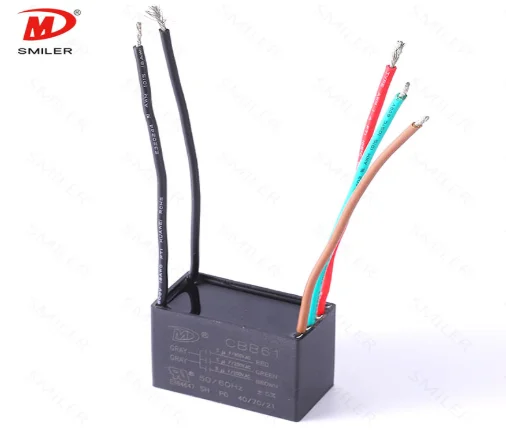 If you think there might be a problem, you can try to troubleshoot and hopefully fix the issue:
If you think there might be a problem, you can try to troubleshoot and hopefully fix the issue:
1. Check the capacitor by switching off the power source and examining it closely for damage such as swelling or cracking
2. Check the capacitance of your SMILER’s CBB61 Capacitor using a multimeter and compare the value with the capacitance rating specified on the capacitor label for any notable variations that could signal its need for replacement.
3. Make sure to inspect the connections as loose connections and corroded wires can lead to problems with the operation of the system.
4. Frequent the temperature checks since excessive heat can burn out capacitors in the run. Your fan's safety is maintained with proper ventilation, and avoid installing it in hot environments-excessive heat could destroy capacitors, so be keen on checking temperatures. Have good ventilation for your fan and steer clear of installing it in extremely hot environments.
5. In case troubleshooting uncovers damage or performance issues which cannot be repaired effectively enough. It is often recommended to replace the capacitor.
Routine maintenance is rather a requirement than an option, in assuring the long-term performance. A component recognized for its outstanding reliability and durability that would be highly served by frequent inspection and examination for any possible fault to have them addressed at their early stages to avoid expensive repairs or replacement in the future.
A critical part of these checks is to examine the physical state of the capacitor for any signs of destruction, like swelling or cracks that may show it's near the end of its working life. Make certain to test its capacitance using a multimeter to verify, if it's working as it should. SMILER’s CBB61 fan switch features a robust construction with an insulating cover of flame-resistant aluminum or plastic that contributes to its long lifespan, but potential factors such as power shifts or environmental changes may still affect its operation during the run.
Taking care that the connections of the wirings are in good health is a very important part of things working well in routine maintenance. One needs to be careful because rusty wires can disrupt the flow of electricity, causing the systems to run less than optimally or even failing. Tightening the connections from time to time and stripping off the rust can contribute significantly to ensuring that all things work optimally.
To make sure your CBB61 fan capacitor is operating efficiently, it should be serviced and cleaned to prevent dust and debris buildup, which can adversely affect its performance. Make sure that the power source is disconnected from the fan first before cleaning to prevent any risk of electric shock.
Make sure the fan housing has some aeration, other than cleaning it regularly to prevent overheating and extending the life of your capacitor. Install it in a well-ventilated area and should not be under excessive heat or excessive moisture, which will cause faster wear and tear for the unit. Lubrication of the moving components of the fan unit can also be required to minimize friction and failure.
By including these upkeep routines in your schedule of care tasks for your CBB61 Capacitor, you can guarantee that it will uphold dependable operation for many years ahead.
A: CBB61 capacitors enhance the efficiency and performance of single-phase motor systems found in devices like fans and washing machines. They facilitate smooth motor startup and reliable AC system operations, leading to energy savings.
A: The cooling fan relay is an electromagnetic switch that controls the power supply to the engine's cooling fans. Without it, the cooling fan won't work. Without the radiator fan, your engine can run hot and be at risk of overheating.
A: Now, if a capacitor was absent then what would happen? Well, without a fan capacitor, the magnetic flux would shift completely for each current cycle. This would not generate a magnetic field in a fan and in turn, the fan would not spin.
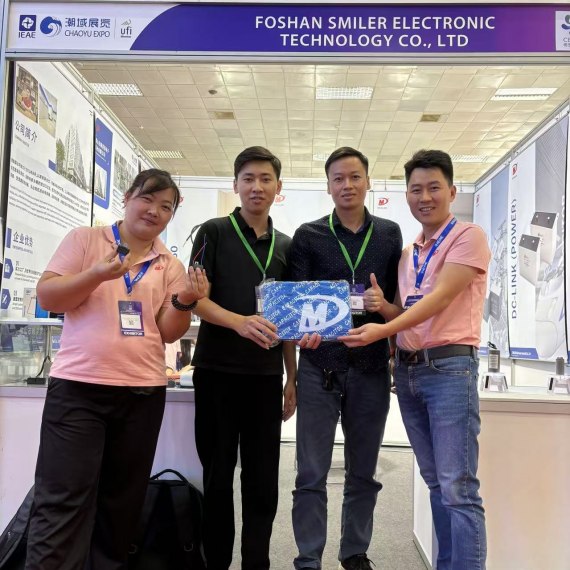
2024 VIETNAM INTERNATIONAL ELECTRONICS & SMART APPLIANCES EXPO
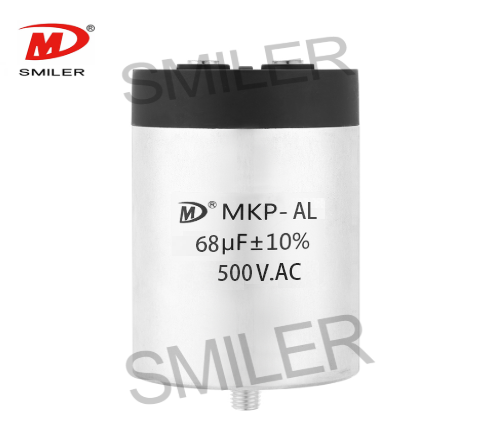
Exploring How AC Capacitors and DC Capacitors Function Differently

Understanding Snubber Capacitor: RC vs. RCD Snubber Differences
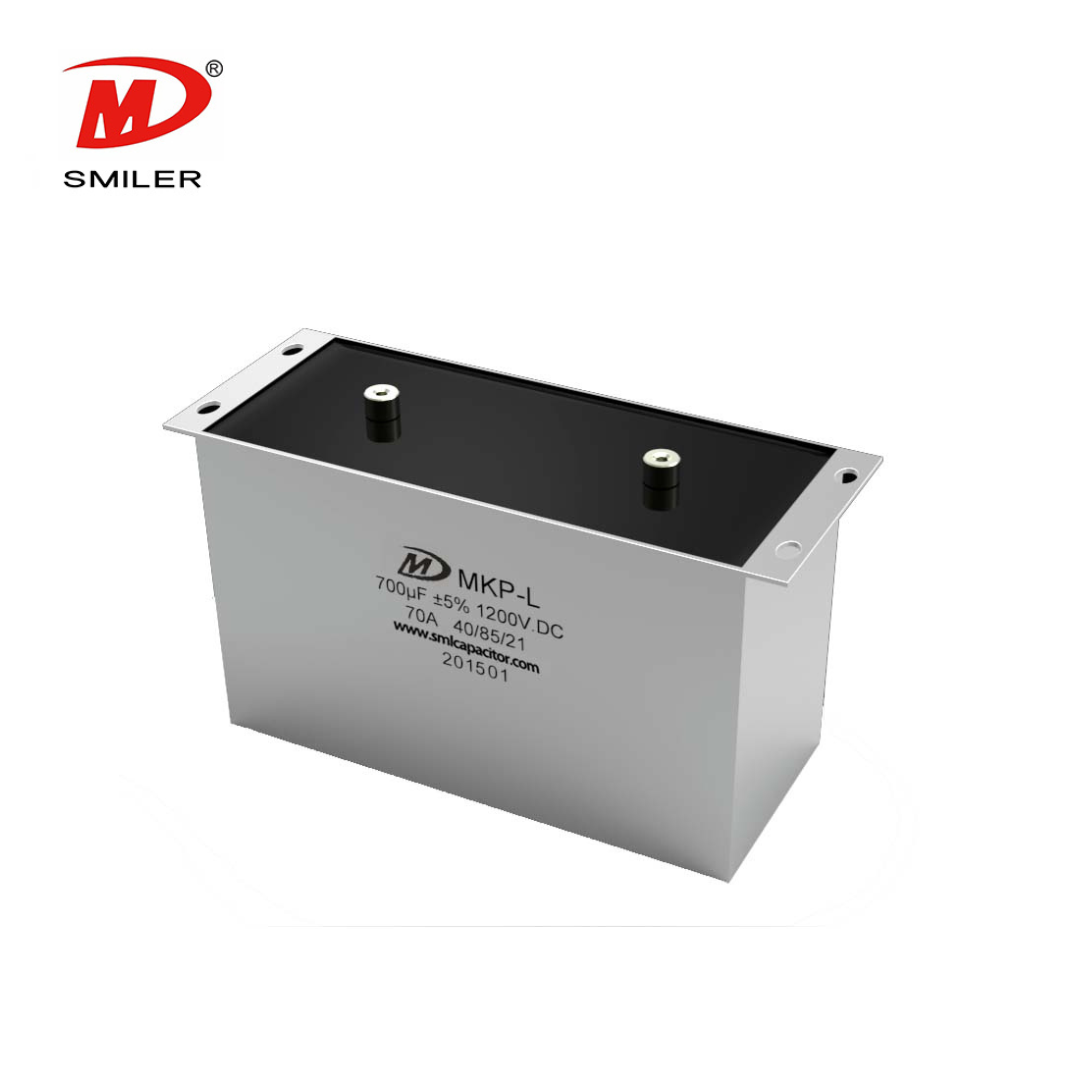
Understanding DC Capacitance to Prevent Converter Oscillations
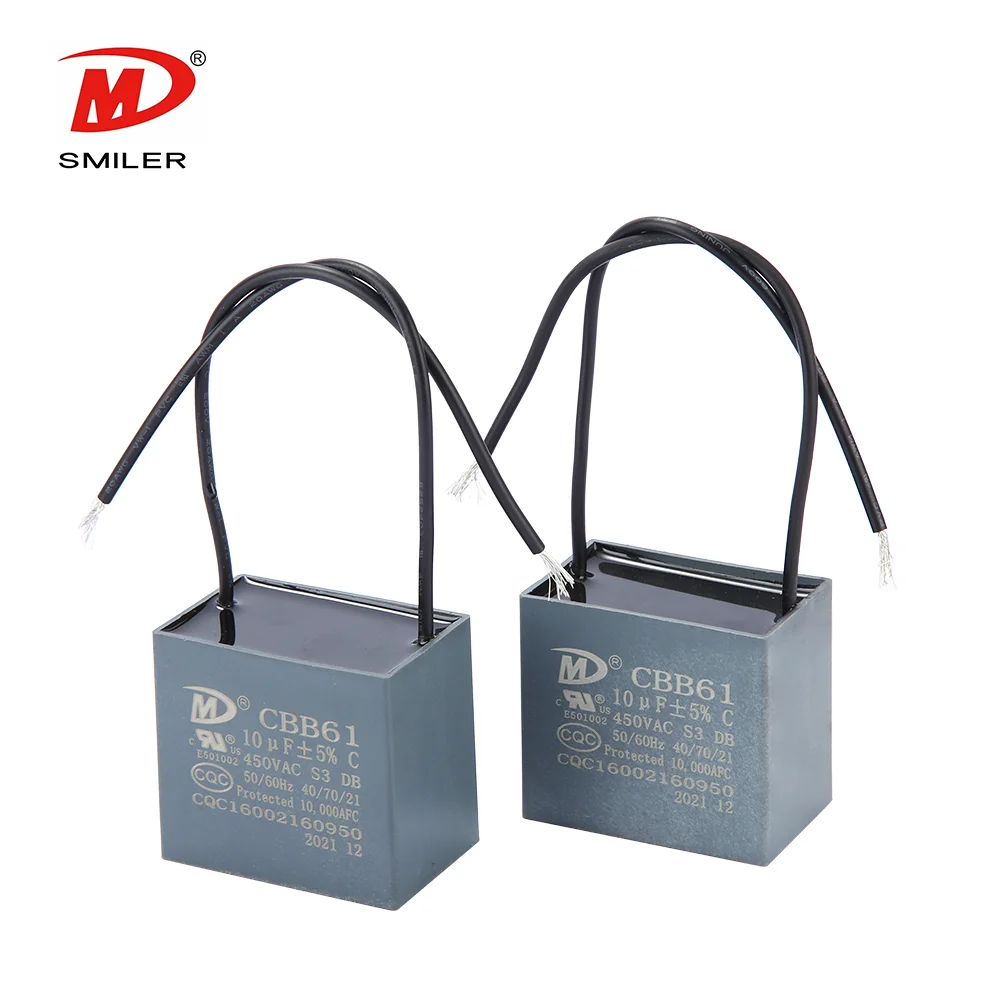
What Does a CBB61 Fan Capacitor Do? Exploring the Role of CBB61 Fan Capacitors